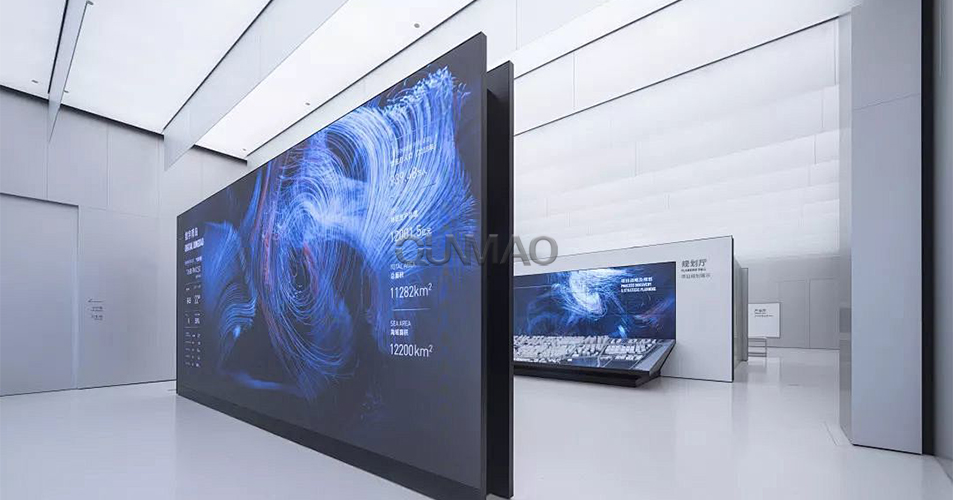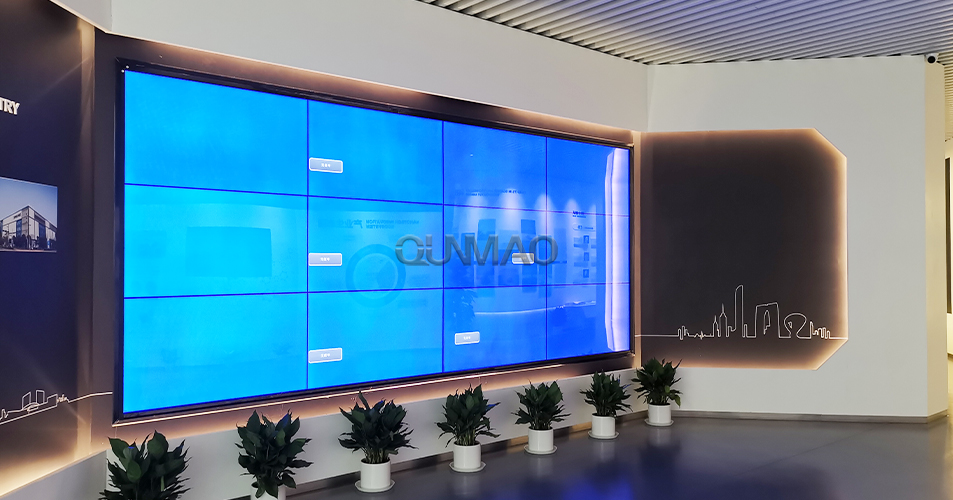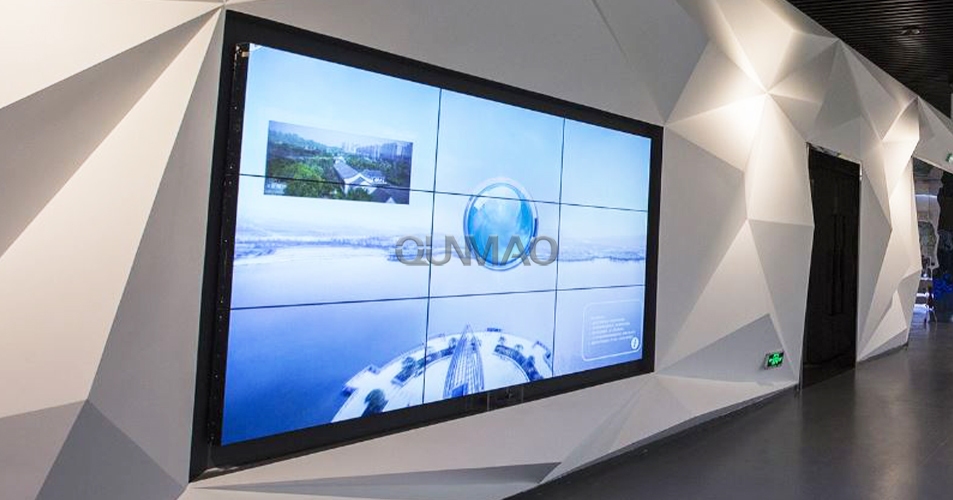This is because there are some limitations in the manufacturing technology of LCD splicing panels. It is fundamentally impossible to achieve truly seamless splicing and frameless. So do you know how the 0mm seams of LCD splicing screens on the market are spliced? The splicing in the industry generally refers to the distance between the display screen and the display screen after the splicing of the two screens is completed. Although the splicing screen itself cannot achieve true borderless, we can use other technologies. To make the effect of seams and borders invisible to our naked eyes, how can we achieve this effect? There are two main types of seamless splicing technologies currently used on the market:

1. Optical refraction technology
The principle of optical seamless splicing is to add a layer of glass to the entire LCD splicing screen, and this layer of glass does not need to
undergo special processing. When the splicing screen works by itself, it will refract light. Achieve the effect of patchwork being invisible to
the naked eye;

2. LED compensation technology
The principle of this technology is to remove the frame of the LCD panel, and then add P1.5 LED light-emitting lamp beads at the connection
point on the panel, so as to control the light emission by adding a chip, thereby displaying what was originally blocked by the frame. image;

The above two technologies can achieve the effect of seams that are invisible to our naked eyes. In order to allow the LCD splicing screen to
enter the borderless era, and to reduce the impact of seamless splicing technology on the LCD panel as much as possible. Visual impact, the
rapid development of technology has accelerated the process of LCD splicing screens entering the high-end display market. Seamless splicing
technology has further improved the visual effects, which is very beneficial to the entire LCD splicing screen market.
